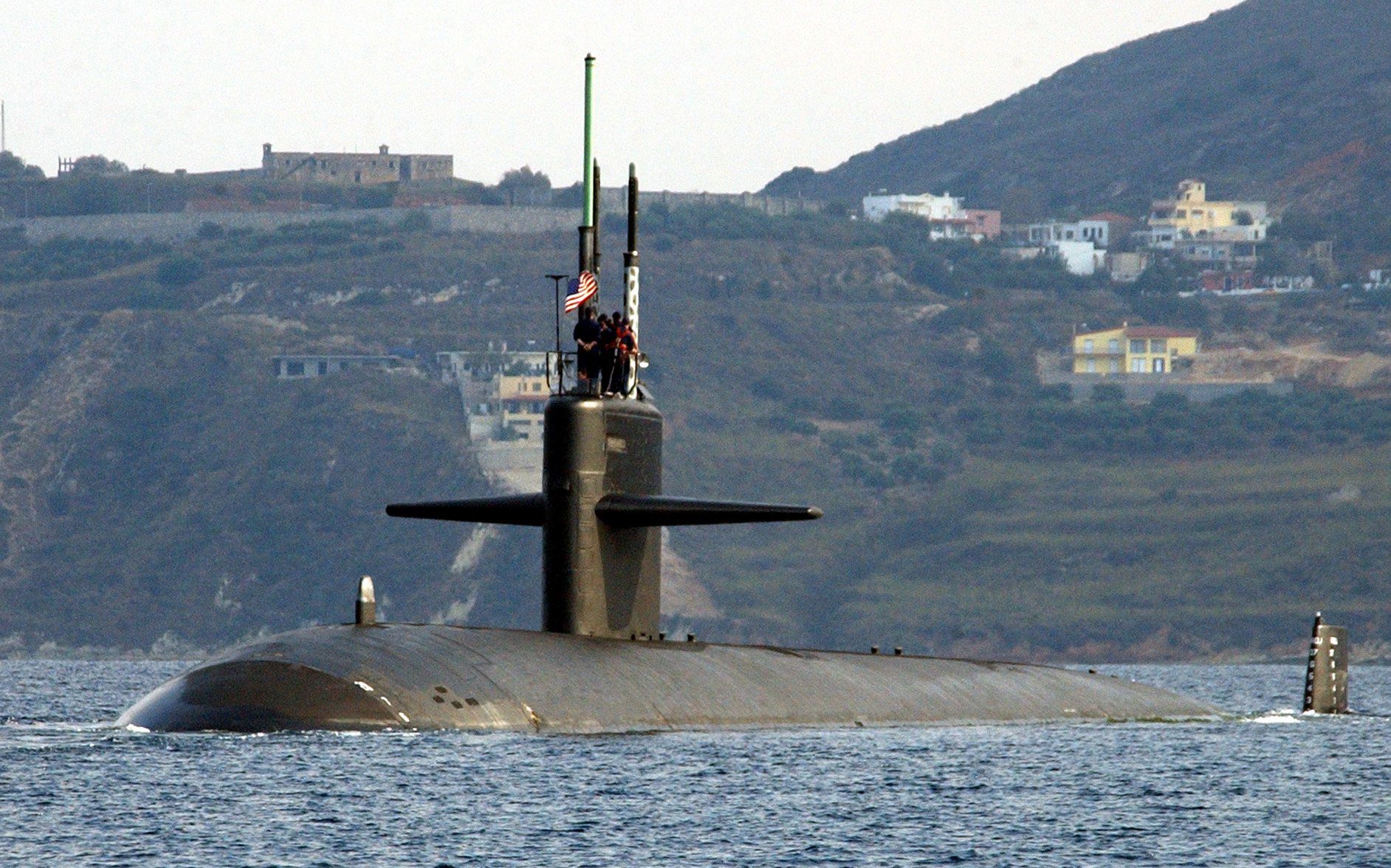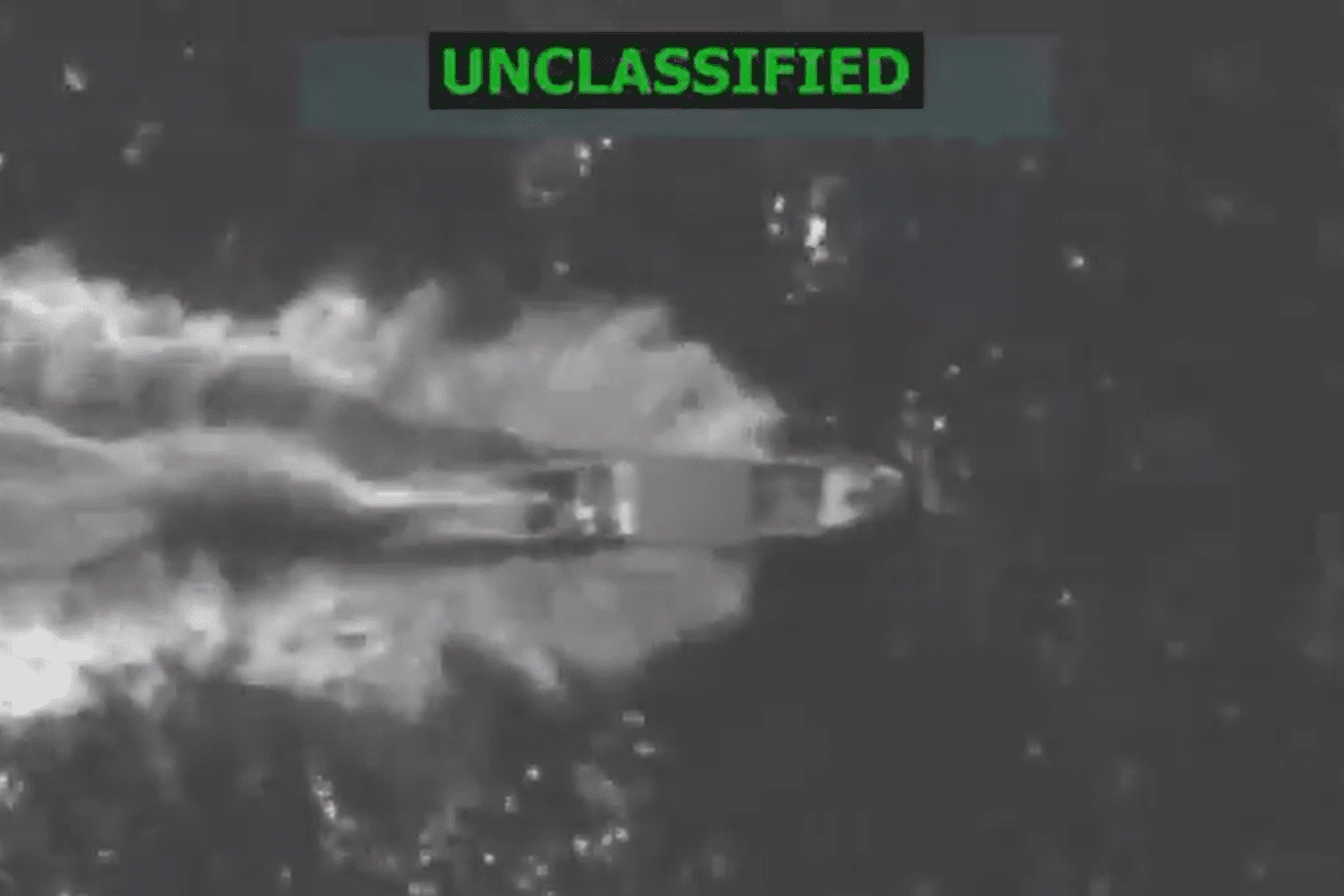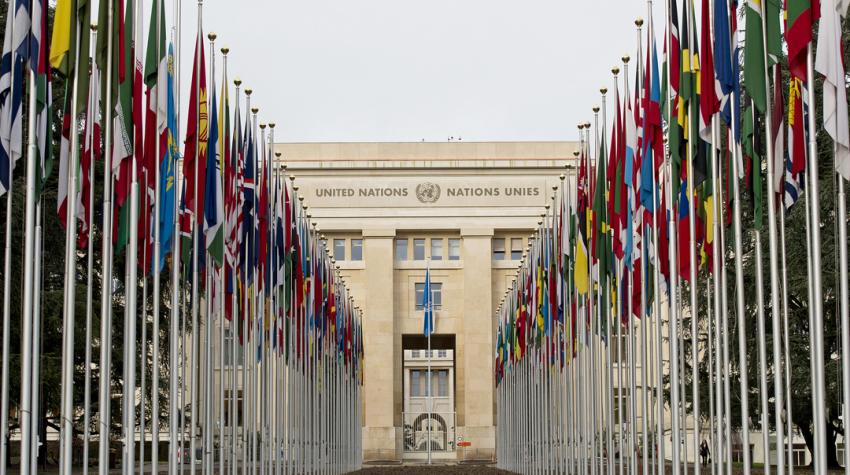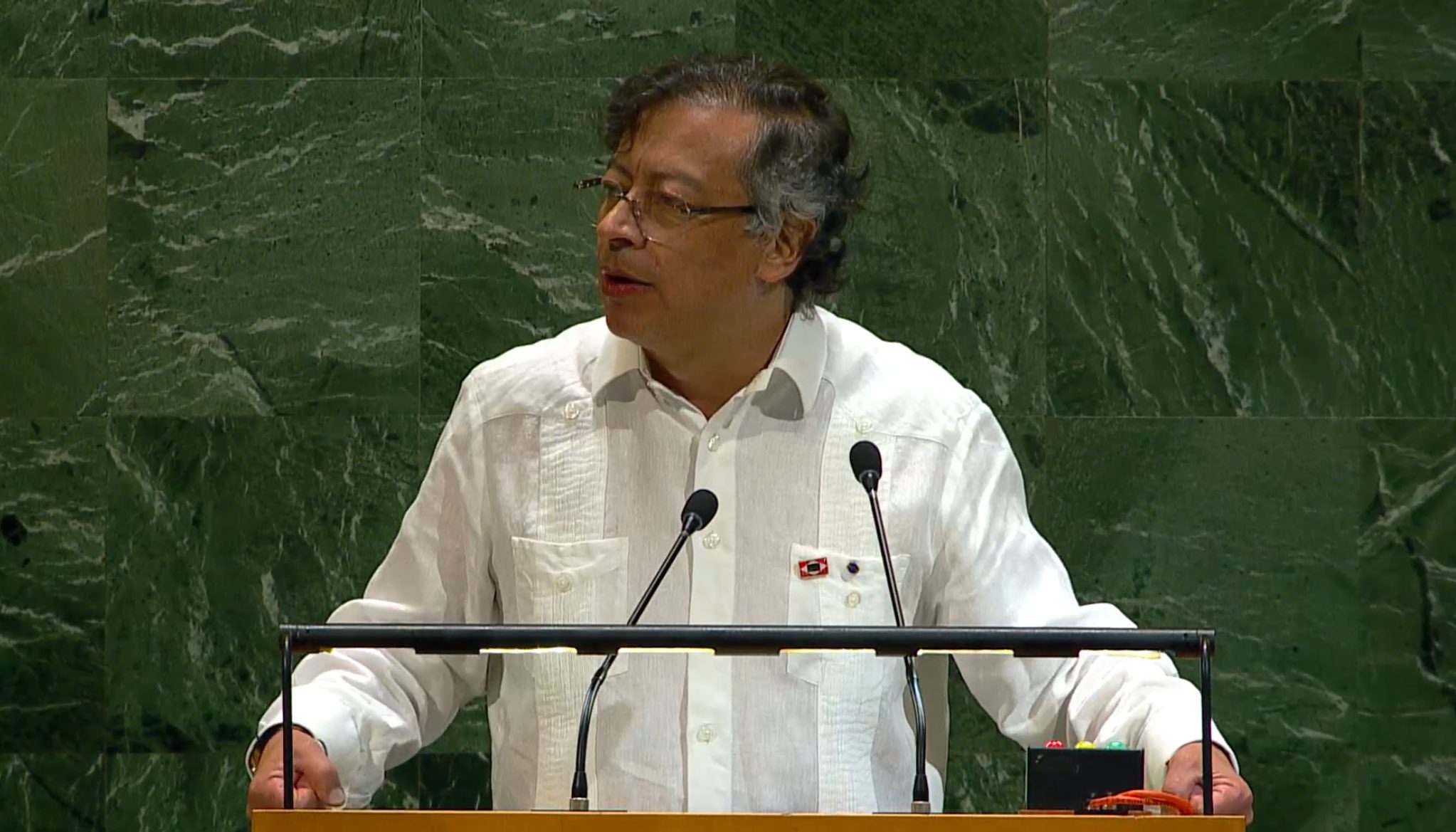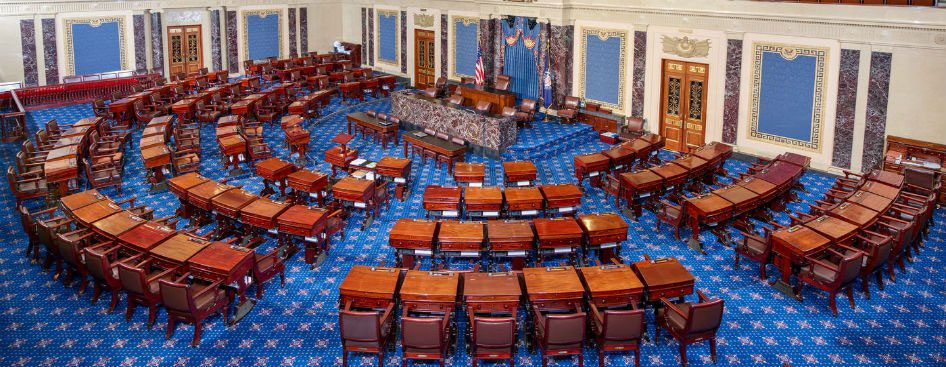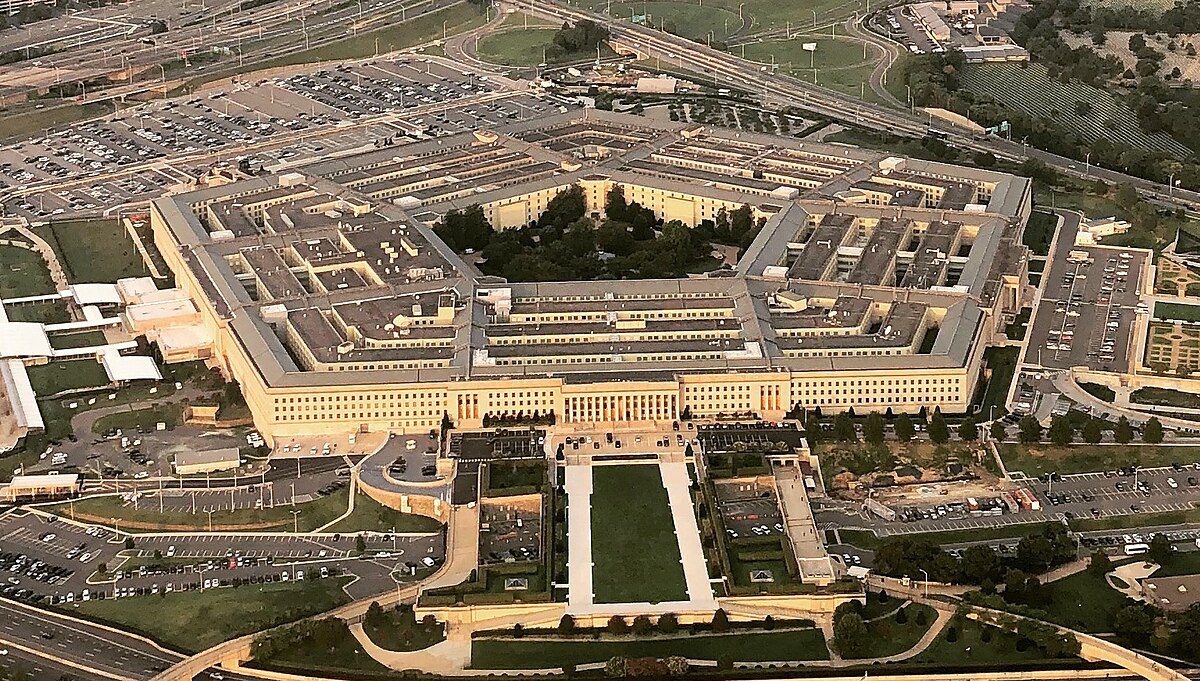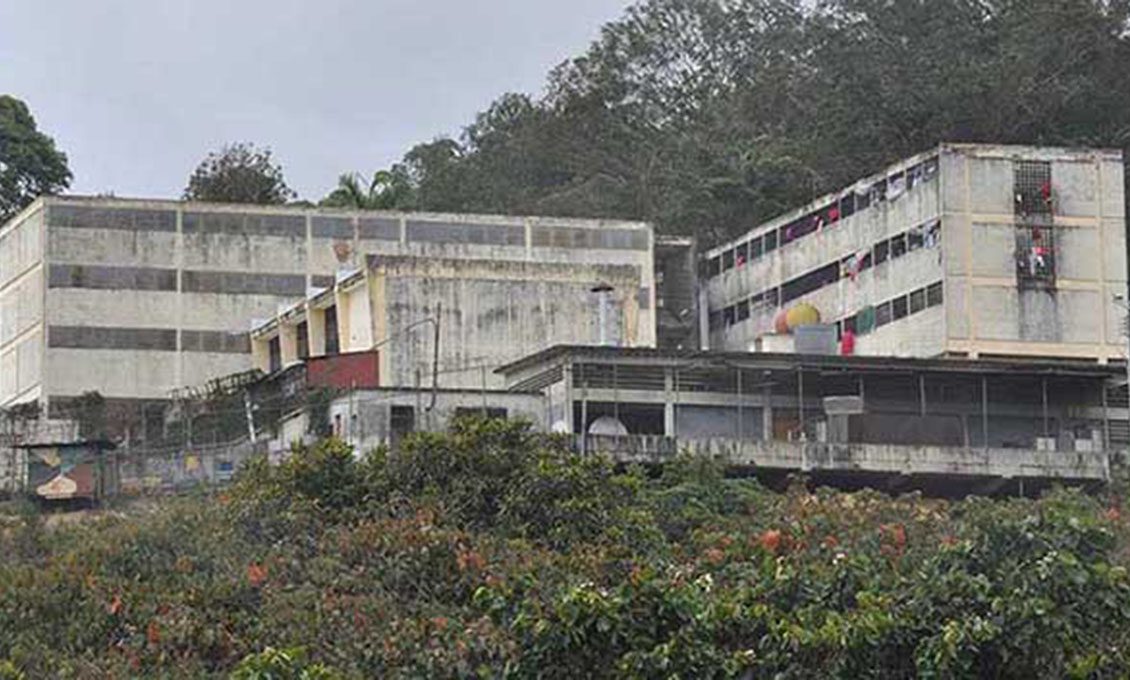The USS Newport News (SSN-750), a nuclear-powered submarine, has been added to the military deployment in the southern Caribbean Sea. Photo: Paul Farley.
Guacamaya, August 25, 2025. A new U.S. order has sent the guided-missile cruiser USS Lake Erie and the nuclear-powered fast-attack submarine USS Newport News to the southern Caribbean Sea. This decision reinforces the military presence off the waters of Venezuela, which was initially deployed days ago under the pretext of combating drug cartels operating in the region.
These powerful vessels join a fleet that has been progressively expanded in recent days, generating pressure on Venezuela and new tensions in the region due to potential consequences. The two additions are expected to arrive next week to integrate with the already considerable U.S. naval force present in the area.
According to Reuters, sources indicated that these movements aim to “address threats to U.S. national security from specially designated ‘narco-terrorist organizations’ in the region.” This measure follows the identification of the Cartel of the Suns as a Specially Designated Global Terrorist organization, allegedly led by Maduro.
Key Vessels and Units in the Deployment
The USS Lake Erie cruiser, a Ticonderoga-class vessel, is equipped with the advanced Aegis combat system, capable of guiding missiles with high precision. On the other hand, the nuclear-powered USS Newport News submarine, a Los Angeles-class vessel, is known for its speed and stealth in attack operations, in addition to having participated in military missions in Iraq and Afghanistan.
The new vessels join the three Arleigh Burke-class guided-missile destroyers, identified as the USS Gravely, USS Jason Dunham, and USS Sampson, as well as the amphibious squadron consisting of the USS San Antonio, USS Iwo Jima, and USS Fort Lauderaldale. The deployment also includes the P-8 Poseidon spy plane, a nuclear attack submarine, and 4,500 soldiers.
The Pentagon has stated that the mission will last several months, with the goal of disrupting routes used by narco-terrorist organizations that, according to the U.S. government, threaten national security. “The process will be ongoing for several months,” explained a source, who also emphasized that operations will take place in international waters and airspace.
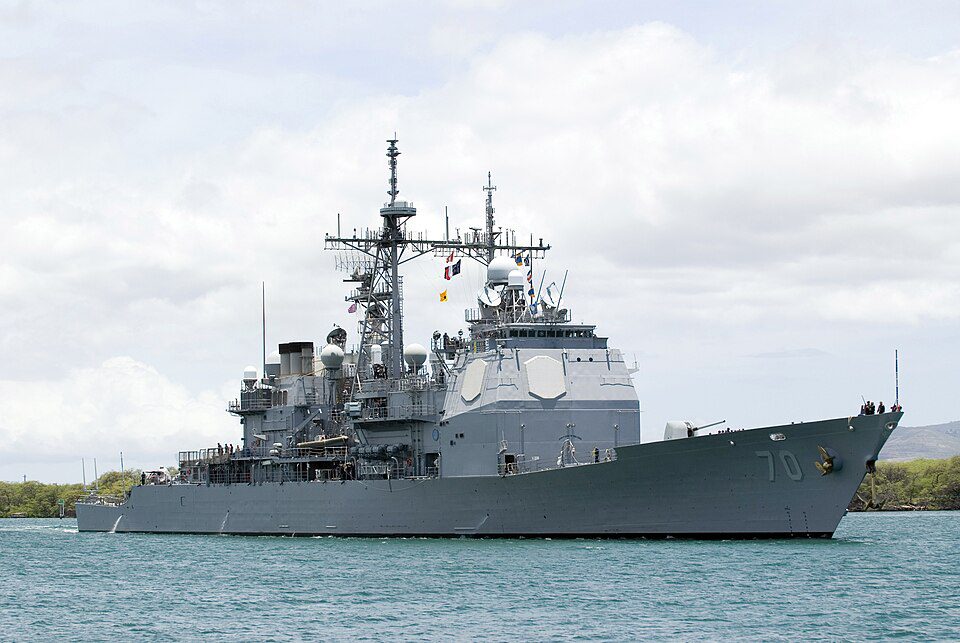
Political and Military Repercussions
This deployment occurs amid escalating actions by Washington against Caracas. The U.S. government has directly accused Venezuelan President Nicolás Maduro of leading the so-called Cartel of the Suns, which is linked to drug trafficking, and has increased the reward for information leading to his capture from $25 million to $50 million.
In response, the Venezuelan government has mobilized approximately 15,000 troops to the border with Colombia and around 4 million militia members across the country, not only to counter irregular armed groups but also to defend sovereignty. Venezuelan authorities have declared the country free of drug trafficking and accused the United States of being the primary consumer of drugs.
The escalation of U.S. resources, technology, and military personnel, while justified as part of the war on drugs, has also become a mechanism for pressuring the Venezuelan government. As a result, various countries in the region and around the world, as well as global organizations, are closely monitoring the situation, with statements both for and against these movements.

